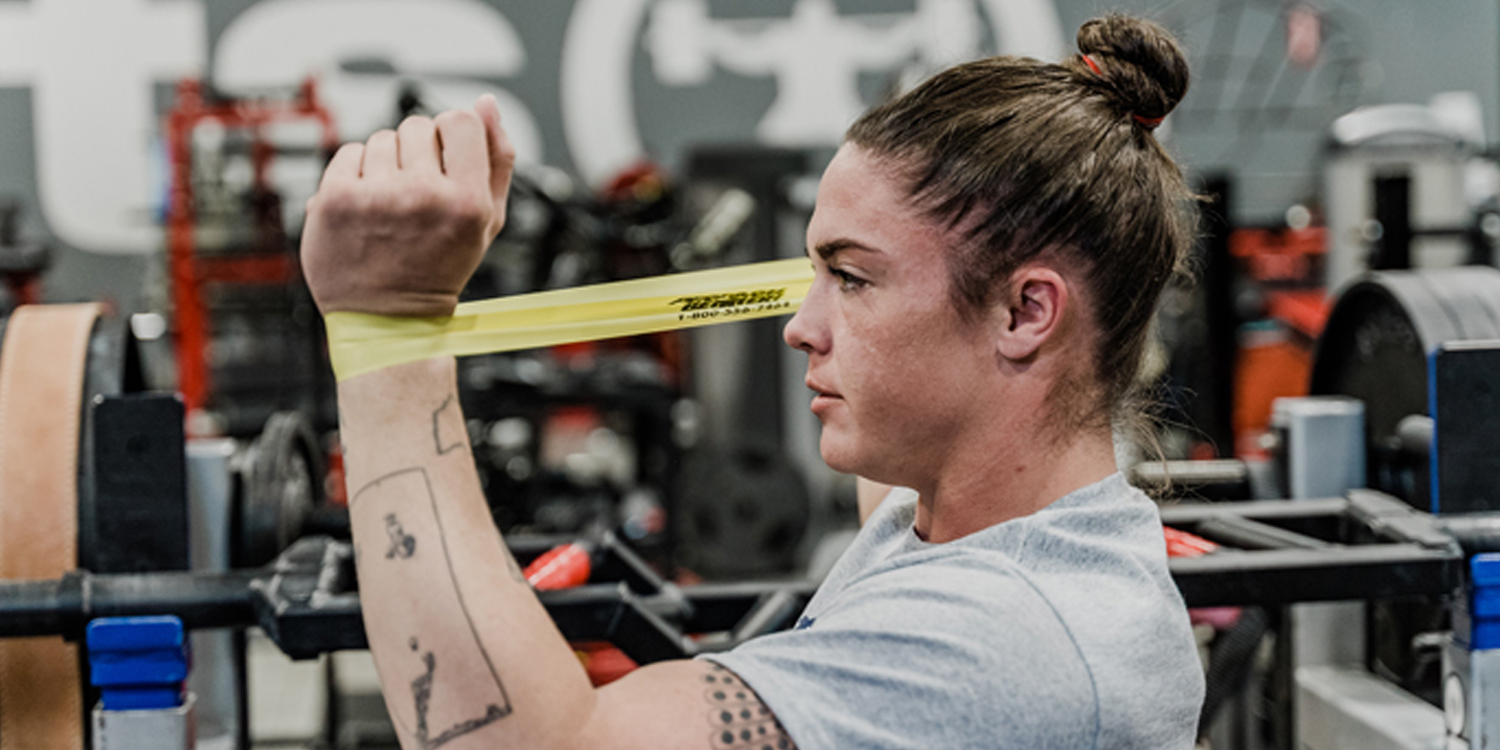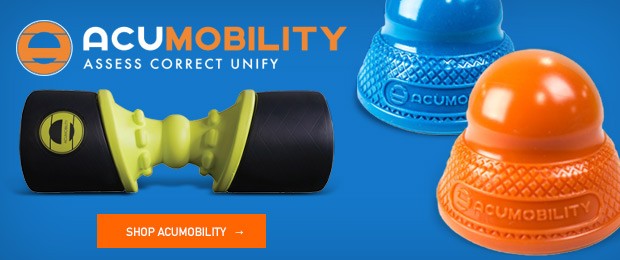
Any great workout begins with an efficient warm-up. Oftentimes though this portion of a session is rushed, done with little to no intent, or skipped altogether. A good warm-up is about much more than just breaking a sweat. If done properly, it is a specific and focused preparation for the work to come.
The benefits of an effective warm-up include:
- Increases in blood flow and muscle temperature
- Increases in muscular coordination
- Increases in specific joint range of motion
- Increases in oxygen delivery capabilities
- Increases in bodies ability to withstand the demands of the session
- Increases in mental preparation for the session
- Decreases in the likelihood of injury during the session
While there is great benefit in warming up, it doesn’t have to take too much time. Going too far in the opposite direction of an overly long, outstretched warm-up is often unnecessary and not realistic with taking into consideration the time it typically takes to foam roll your entire body and go through a 15-minute dynamic warm-up.
The warm-up can be broken up into specific three categories:
1. Self-Myofascial Release (SMR)
SMR is self-massage through various tools such as foam rollers, lacrosse balls, massage sticks, etc.
When performing the SMR, it is important to begin with a tool that is less dense, such as a foam roller, and slowly progress to a denser tool such as a lacrosse ball. When performing the SMR, go through each area slowly, seeking out areas of tightness. Ensure you are breathing and relaxed as you go over the areas.
RELATED: Never Pull a Hamstring Again
There is no real right or wrong way to go about the massage. Work out the areas where you find pain—it is more of a sense of self-discovery.
The purpose of this first stage of the warm-up is to improve the quality and extensibility of the tissue and down-regulate the nervous system. Even if the effects of the soft tissue work are only temporary, wouldn’t you still want to feel better and more prepared for the session to come? This will help create more efficient muscular contractions and allow you to move with fewer restrictions.
2. Mobility
Mobility is going to be focusing on improving control through greater ranges of motion of the joint. It’s one thing to have the ability to go into certain ranges, but the control aspect is what we really want to focus great detail on.
This stage is performed after the SMR work because we want to take advantage of that temporary relief to gradually begin increasing our control at specific joint angles. Not many work to progress their mobility exercises, but similar to adding weight onto a barbell, we want to increase controllable motion to these movements as time goes on.
These exercises need to be performed with a purpose. When performed correctly and with the proper intention, these movements can be very difficult. Mobility will help you move better but can also help you begin to break a sweat for the workout ahead.
3. Activation
The third and final stage of your warm-up is going to be the final movements done before you begin your workout. This is going to make sure the necessary muscles are primed and firing. Not only will you work to activate specific muscles and movement patterns, but it is also very effective to finish with a high neural driven, total body movement such as a jump, sprint, or throw.
Each stage will take around two to five minutes, at the most, and should include around one to three different movements selected specifically from the session for that day. This three-step approach can be used before any workout and can be adjusted accordingly.
An example of an upper and lower body warm-up is listed below:
Total Lower Body Preparation
1. SMR
- Lacrosse Ball Feet Smash
- Lacrosse Ball Piriformis Smash
For each movement, go through slowly finding the trigger points and working over them.
1x30-60s es.
2. Mobility
- Squat to Stand
- Full Infant Squats
For each movement go through slowly controlling the areas of movement that you are able to.
1x5-10 each.
3. Activation
- Mini Band Lateral Walk
- Mini Band Squat
For each movement go through with control, keeping constant.
- Counter Movement Jump: Jump with maximum intent. This should fire you up physically and mentally right before beginning your lift.
1x5-10
Total Upper Body Preparation
1. SMR
- Medicine Ball Total Body Flow: Perform self-massage with a hard rubber medicine ball, flowing from body part to body part. Ensure to hit the pecs, lats, shoulders, and upper back.
1x30-60s es.
2. Mobility
- Prone Blackburns
- Band Dislocations
For each movement, go through slowly controlling the areas of movement that you are able to.
1x10 each
3. Activation
- Band Tears: Focus on squeezing the upper back tonight and keeping the tension steady throughout the movement.
1x10-20
- Prone Y-T-W Isometric Hold: Hold each position with your chest driven off of the ground squeezing your upper back as hard as possible.
1x15-20s each position
- Medicine Ball Slams: Slam the ball with maximum intent. This should fire you up physically and mentally right before beginning your lift.
1x5-10
Additional Movements
SMR Upper
SMR Lower
Mobility Upper
Mobility Lower
Activation Upper
Activation Lower
This three-part warm-up series can easily be manipulated to fit your individual needs. Each category can include various movements within each section. The warm-up is a critical part of not only having an optimal training session but also necessary to help you continue to make long-term progress to reach your goals and to increase lifting longevity.

Brandon Holder is a sports performance coach at FASST Sports Performance in Winchester, Virginia. He works with athletes of all ages and levels, ranging from nine-year-olds to Division I athletes. Along with that, he is the assistant strength and conditioning coach at Shenandoah University. Prior to FASST, Brandon was an assistant strength and conditioning coach at Bridgewater College, where he worked with more than 20 sports. He obtained his bachelor's degree in health and exercise science from Bridgewater College and holds CSCS, USAW, and FMS certifications as well.










6 Comments